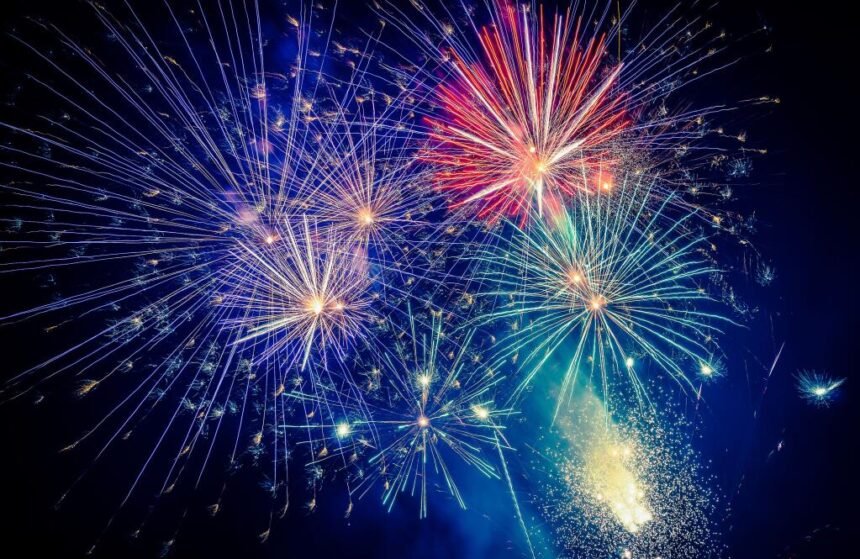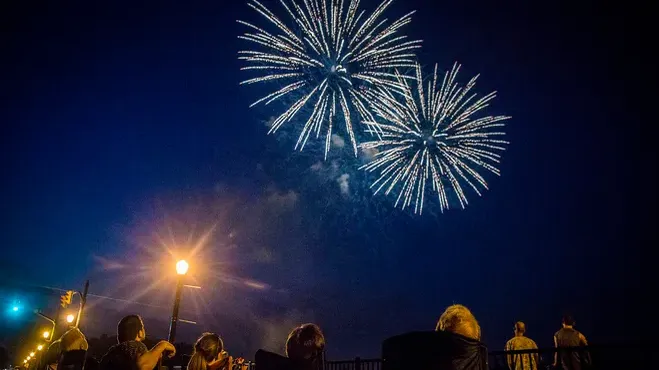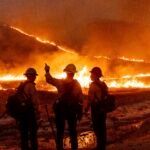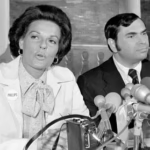Introduction: The Dazzle of Fuegos Artificiales
Fuegos artificiales, or fireworks, are one of the most beloved spectacles across the globe. Whether lighting up the sky on New Year’s Eve, the Fourth of July, Diwali, or a local celebration, fuegos artificiales evoke feelings of joy, wonder, and festivity. These dazzling bursts of color and sound are not only visual marvels but also the result of intricate chemistry and cultural heritage.
This article explores the origin, science, cultural importance, and safety considerations surrounding fuegos artificiales, shedding light on why they continue to mesmerize audiences around the world.
A Brief History of Fuegos Artificiales
The origins of fuegos artificiales can be traced back over 2,000 years to ancient China. It is believed that the first primitive firecrackers were made by throwing bamboo stalks into a fire, which would explode with a loud bang due to the air pockets inside. Later, during the Tang Dynasty (7th century), Chinese alchemists discovered how to mix saltpeter, sulfur, and charcoal—creating gunpowder.
This breakthrough led to the development of the first true fuegos artificiales, which were used for religious rituals and to ward off evil spirits. As trade routes expanded, fireworks spread to the Middle East and Europe, where they were adopted for military and entertainment purposes.
By the Renaissance, fuegos artificiales had become a staple at royal events in Italy and France. The artistry of firework displays evolved dramatically, with intricate patterns, colors, and synchronized choreography becoming central to public celebrations.
The Science Behind the Magic
Though they may appear magical, fuegos artificiales are grounded in chemistry and physics. A typical firework consists of a shell packed with combustible chemicals and metals. When ignited, these compounds produce specific effects:
-
Color: Different metal salts produce different colors. For example, strontium creates red, barium produces green, sodium results in yellow, and copper makes blue.
-
Sound: The bang or crackle of fuegos artificiales is caused by rapidly expanding gases or added flash powder.
-
Shapes and Patterns: The arrangement of “stars” (small explosive pellets) inside the shell determines the shape—like rings, willows, or hearts—seen in the sky.
All these elements are launched high into the air using a lifting charge and timed fuses, ensuring the fireworks explode at the right moment and altitude.
Cultural Significance of Fuegos Artificiales
Across the world, fuegos artificiales hold deep cultural and emotional value. Their inclusion in festivals and events often symbolizes joy, unity, and hope.
-
United States: The Fourth of July is synonymous with fuegos artificiales, representing the celebration of independence and freedom.
-
Spain and Latin America: Fireworks are essential to religious festivals such as Las Fallas in Valencia and the feast days of saints, often featuring elaborate pyrotechnic shows.
-
India: Diwali, the festival of lights, sees families lighting fuegos artificiales to signify the victory of light over darkness.
-
China: As the birthplace of fireworks, Chinese New Year celebrations are incomplete without an explosion of color and sound to chase away bad spirits.
In each of these traditions, fuegos artificiales go beyond entertainment; they serve as powerful symbols and community unifiers.
Modern Innovations in Fuegos Artificiales
Technology has transformed how we experience fuegos artificiales. Today, computerized firing systems allow for incredibly precise displays choreographed to music. LED and drone-based light shows are also gaining popularity, offering a more environmentally friendly and quieter alternative to traditional fireworks.
Nonetheless, classic pyrotechnic fuegos artificiales remain the most iconic and widely loved form, with shows at events like the Olympics and New Year’s Eve in Sydney or Dubai drawing global attention.
Environmental and Safety Considerations
While beautiful, fuegos-artificiales are not without controversy. Concerns over pollution, noise, and safety have prompted some cities to ban or restrict their use.
-
Air Pollution: The chemicals used in fuegos-artificiales release particulate matter and metal particles, which can affect air quality.
-
Noise Pollution: Loud explosions can disturb wildlife, pets, and individuals with conditions such as PTSD.
-
Fire Risk: Improper handling or dry conditions can lead to wildfires and property damage.
-
Injuries: Each year, thousands of people suffer injuries due to misuse of consumer-grade fuegos-artificiales.
As a result, many experts advocate for public, professionally managed displays instead of private fireworks, ensuring both safety and enjoyment.
Conclusion: A Celebration of Light and Legacy
From their ancient origins to modern mega-events, fuegos artificiales have captivated humanity for centuries. These spectacular displays are more than just bursts of light—they are a blend of science, art, and cultural tradition.
While we continue to find new ways to enjoy fuegos artificiales more safely and sustainably, their power to inspire awe remains unmatched. Whether you’re watching them from a bustling city street or a quiet countryside hill, fireworks are a reminder of the shared human desire to celebrate, dream, and marvel at the sky above.
READ ALSO –
Records show that the Boca cop who was shot dead had never used force before.
















